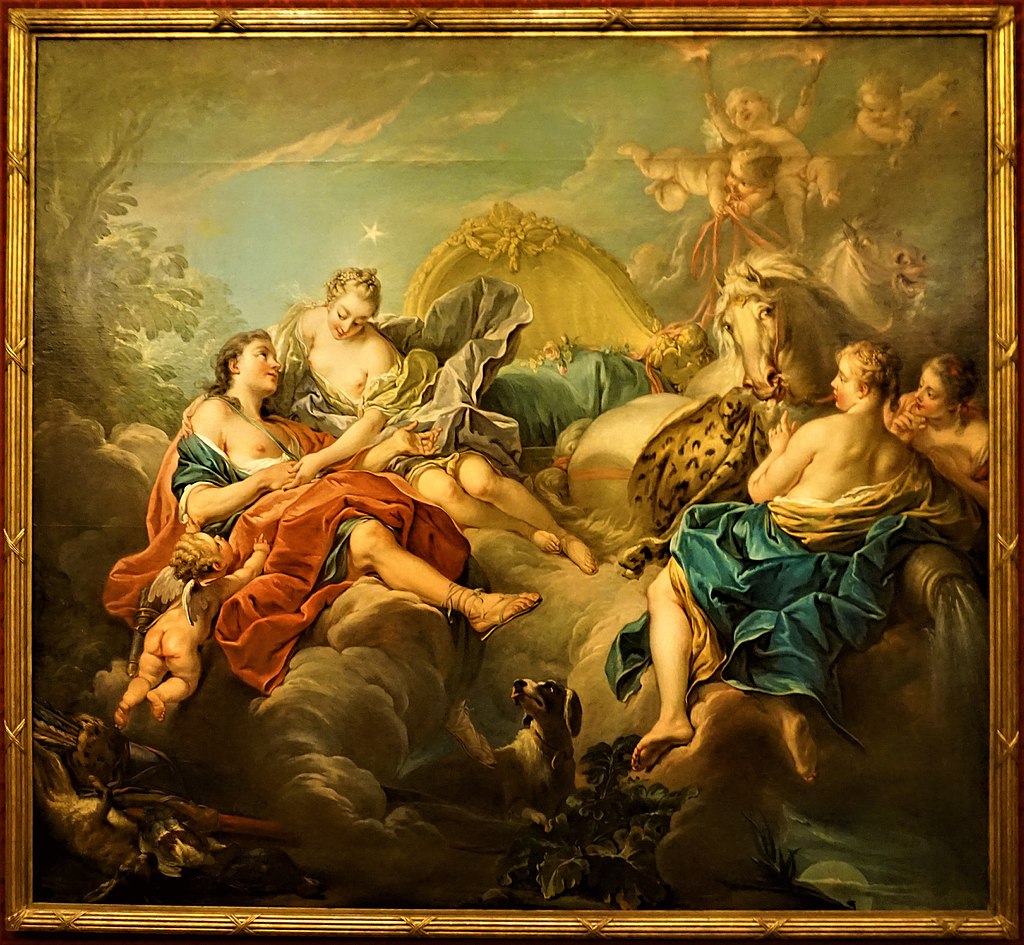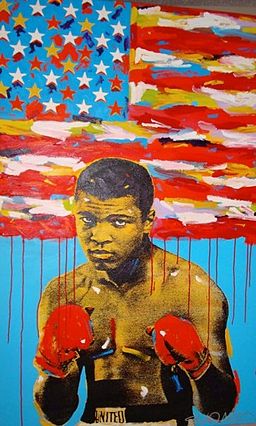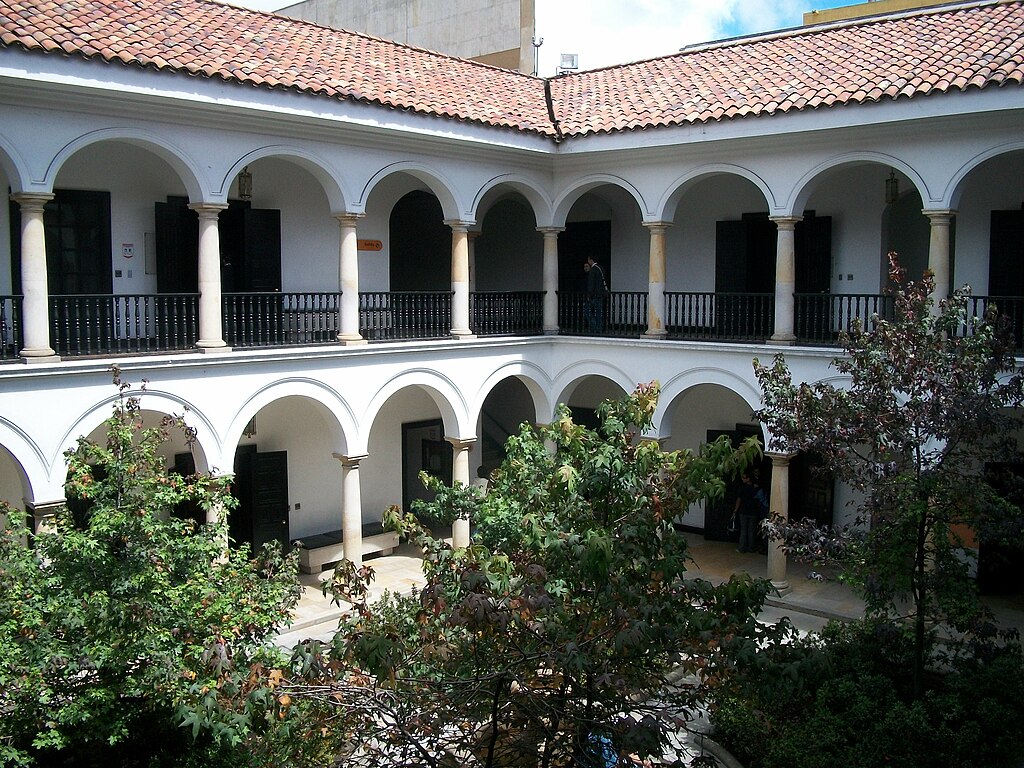
“Aurora and Cephalus” by François Boucher depicts Aurora, the goddess of dawn, waking up the mortal Cephalus from sleep.
According to Roman mythology and Latin poetry, Aurora has fallen madly in love with Cephalus and who is one of her human lovers.
In this Rococo masterpiece, the blue sky is tinged with pink, and the dawn can be seen with the light above her head. Furthermore, Aurora’s etherealism or heavenly aspects are symbolized by her chariot, her flying horses, and the cherubs.
Especially relevant is Cephalus’s mortality and roots to earth, which is signified by his dog, and his hunting catch in the bottom left.
Aurora is the Latin word for dawn and is the goddess of dawn in Roman mythology, and she renews herself every morning and flies across the sky, announcing the arrival of the sun.
Aurora appears most often in Latin sensual poetry with one of her mortal lovers. Cephalus is a name used for the hero-figure in Greek mythology and was one of the lovers of the Greek dawn goddess.

François Boucher
François Boucher was a French painter who worked in the Rococo style. Boucher is known for his idyllic and voluptuous paintings and was perhaps the most celebrated painter and decorative artist of the 18th century.
Boucher often took inspiration from Peter Paul Rubens and Antoine Watteau.
More importantly, for the time, Marquise de Pompadour, the mistress of King Louis XV, was a great admirer of his work.
As a result, Boucher painted several portraits of his patroness, Madame de Pompadour, who is often called the “godmother of Rococo.”
Rococo
Rococo was a decorative 18th-century style that exaggerated the principles of illusion and theatricality.
This effect achieved by ornamentation, asymmetry, fluid curves, and the use of pastel colors with gilding.
The Rococo style of architecture and decoration began in France, in the reign of Louis XV as a reaction against the more formal and geometric.
Aurora in Mythology
Aurōra is the Latin word for dawn and the goddess of dawn in Roman mythology. Like Greek Eos and Indian Ushas, Aurōra continues the name of an earlier Indo-European dawn goddess.
In Roman mythology, Aurōra renews herself every morning and flies across the sky, announcing the arrival of the Sun.
Aurora had two siblings, a brother Sol, the Sun, and a sister Luna, the Moon. Aurōra appears most often in sexual poetry with one of her mortal lovers.
Cephalus of Athens
Cephalus was an Athenian son of Hermes and Herse. His magnificent beauty caused the goddess of the dawn to fall in love with him.
He was eventually carried off and ravished by her. The story carrying off of Cephalus by a goddess was represented on several pediments of Greek Stoa and temples.
Aurora Quotes
~~~
“Aurora in a robe of saffron was hastening from the streams of Ocean, to bring light to mortals and immortals.”
– Homer’s Iliad
~~~
“But all so soon as the all-cheering sun
Should in the furthest east begin to draw
The shady curtains from Aurora’s bed,
Away from the light steals home my heavy son…”
– Shakespeare’s Romeo and Juliet
~~~
“For night’s swift dragons cut the clouds full fast,
And yonder shines Aurora’s harbinger;
At whose approach ghosts, wandering here and there,
Troop home to churchyards.”
– William Shakespeare, A Midsummer Night’s Dream
~~~
“But when Aurora, daughter of the dawn,
With rosy luster purpled o’er the lawn.”
– Homer, Odyssey
~~~
“You cannot rob me of free nature’s grace,
You cannot shut the windows of the sky
Through which Aurora shows her brightening face.”
– James Thomson, Castle of Indolence
~~~
An aurora sometimes referred to as polar lights, northern lights (aurora borealis) is named after the Roman goddess of the dawn, Aurora.
An aurora refers to the natural light display in the Earth’s sky, predominantly seen in the high-latitude regions around the Arctic and Antarctic.
~~~
Dawn Goddess
A dawn goddess is a deity who is associated with the dawn and has appeared in many ancient religions and myths under various names such as:
- Indo-European – Hausos
- Egyptian – Tefnut
- Greek – Eos
- Etruscan – Thesan
- Germanic – Ēostre
- Hindu – Ushas
- Roman – Aurora
- Slavic – Zorya
- Irish – Brigid
- Lithuanian Aušra or Aušrinė
- Latvian – Austra
- Japan- Ame-no-Uzume-no-Mikoto (Uzume)
- Sioux – Anpao
Aurora and Cephalus
- Title: Aurora and Cephalus
- Artist: François Boucher
- Date: 1745
- Medium: Oil on canvas
- Dimensions: 237.5 x 259cm
- Museum: Yamazaki Mazak Museum of Art
François Boucher
- Artist: François Boucher
- Born: 1703 – Paris, Kingdom of France
- Died: 1770 (aged 66) – Paris, Kingdom of France
- Nationality: French
- Movement: Rococo
- Notable work:
- Aurora and Cephalus
- Portrait of Madame de Pompadour
- Vulcan Presenting Venus with Arms for Aeneas
François Boucher (1703–1770) A collection of paintings
A Tour of the Yamazaki Mazak Museum of Art
- “Portrait of Dr. Paul Alexandre” by Amedeo Modigliani
- “Adam” by Antoine Bourdelle
- “Resting Troops” by Jean-Baptiste Pater
- “Marching Troops” by Jean-Baptiste Pater
- “Aurora and Cephalus” by François Boucher
~~~
“Now when Aurora in a robe of saffron was hastening … to bring light to mortals and immortals.”
– Homer’s Iliad
~~~
Photo Credit 1) JOM
Popular this Week








 Sponsor your Favorite Page
Sponsor your Favorite Page SEARCH Search for: Search Follow UsJoin – The JOM Membership Program
Sponsor a Masterpiece with YOUR NAME CHOICE for $5
Share this:
- Tweet
